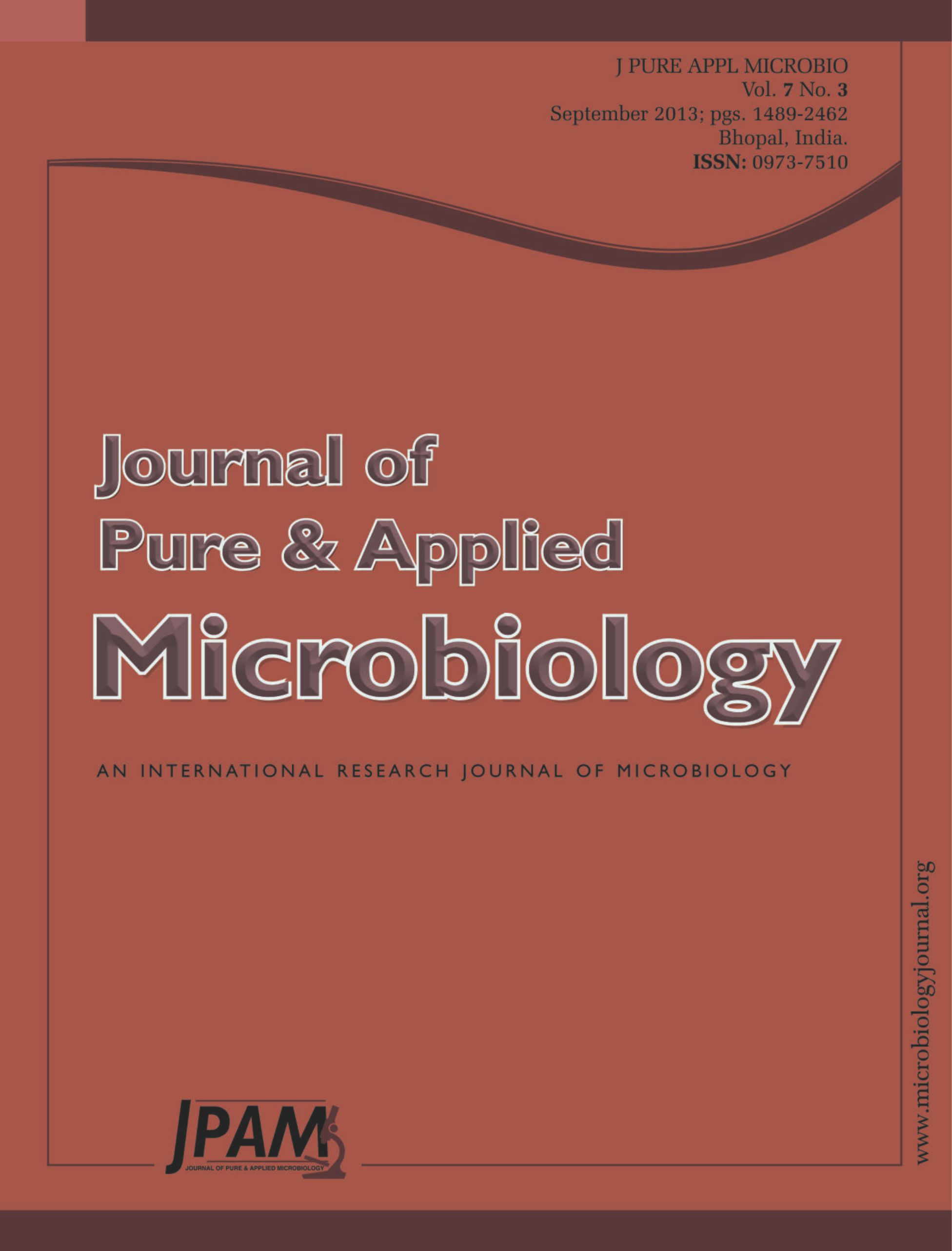Epidemiology and resistance patterns of bacterial pathogens in pediatric urinary tract infections (UTIs) show large inter-regional variability, and rates of bacterial resistance are changing due to different antibiotic treatment policy. The aim of this study was to determine the etiology and antibiotic resistance pattern UTI in an Iranian hospital. All children with culture proven UTI from April 2010 to March 2011 were included in our study. Urine culture was deemed positive with a pure growth >105CFU/ML (single organism).Identification of all isolates were performed by convectional bacteriology methods .Susceptibility testing was performed by disk diffusion methods as recommended by Clinical laboratory standard institutes. (CLSI) During our study in total 60951 urine specimen were cultured in our laboratory. Of 60951 urine cultures, 2676 (4.3%) were obtained from children under 12 years old. A total of 322 positive urine cultures were yielded. E.coli with 137 (42.54%) isolates was the predominant organisms. The second common organism was K.pneumoniae with 72(22.36) isolates .Among gram- positive organisms entrococci with 38 (11.80) isolate was the predominant organisms. .E. coli was found to be most sensitive to amikacin, nitrofurantoin ,ofloxacin ,ciprofloxacin and least sensitive to most commonly used drugs like ampicillin ,cefazoline , nalidixic acid, Co-trimoxazole .Drug resistance among K.pneumoniae isolates were prevalent in comparison E.coli isolates. Vancomycin resistance among enterococci isolates was 7.4% .Nitrfuantoin was the second most effective antibiotic against entrococci isolates. Resistance rate of entrococci to tereacyclin ampicillin, nofloxacin was 70.37%, 48.14 and 33.33% respectively.
UTI, Children, Drug Resistance
© The Author(s) 2014. Open Access. This article is distributed under the terms of the Creative Commons Attribution 4.0 International License which permits unrestricted use, sharing, distribution, and reproduction in any medium, provided you give appropriate credit to the original author(s) and the source, provide a link to the Creative Commons license, and indicate if changes were made.


